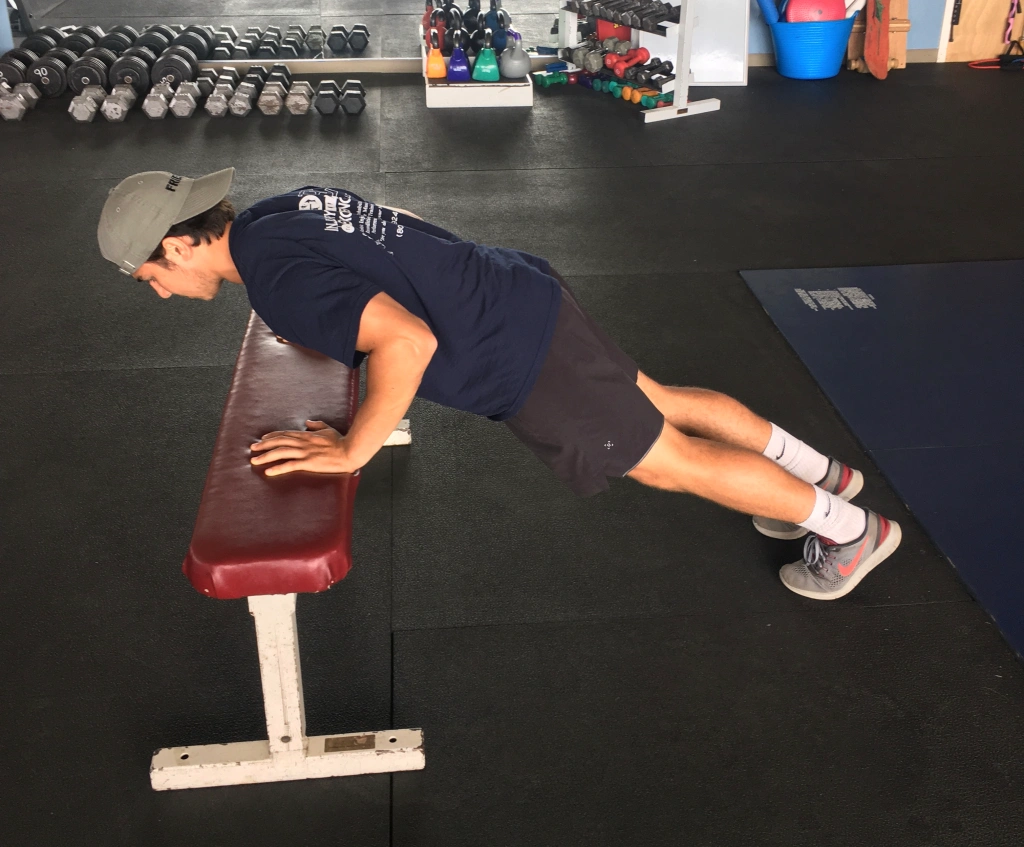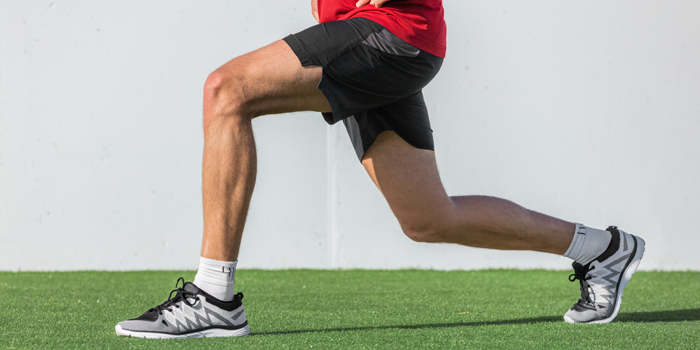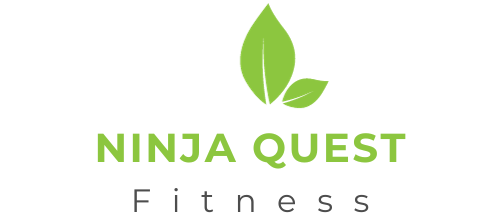Exercises are often scaled up in difficulty over time when progressing in a workout program by increasing weight, reps, or making movements more challenging. However, sometimes scaling back is necessary through an “exercise regression.” This involves modifying an exercise to make it easier and reduce the demand on muscles and joints.
Exercise regressions play an important role in training programs by allowing you to continue working out when dealing with factors like fatigue, improving form, recovering from injury, or building up strength for more advanced variations. Today we will learn the benefits of regressions and how to properly implement easier exercise alternatives.

Contents
What Is An Exercise Regression?
Exercise regression refers to modifying an exercise to make it less challenging or intense while still targeting the same muscle groups or movement patterns. It’s commonly used in fitness programming for various purposes:
-
Rehabilitation: After an injury or surgery, individuals may need to start with simpler exercises to rebuild strength and mobility gradually. Regressing exercises allow them to safely reintroduce movement without risking further injury.
-
Beginners: People new to exercise or strength training may lack the necessary strength, coordination, or flexibility to perform advanced movements. Regressing exercises help beginners develop proper form and build a foundation of strength before progressing to more complex exercises.
-
Limitations: Some individuals may have physical limitations or mobility restrictions that prevent them from performing certain exercises in their traditional form. Regressing exercises allows them to work around these limitations while still challenging their muscles and improving fitness.
-
Fatigue Management: During periods of high training volume or intense workouts, fatigue can compromise form and increase the risk of injury. Regressing exercises provides a way to reduce the overall stress on the body while still maintaining training volume and intensity.
-
Skill Development: Complex movements like Olympic lifts or advanced bodyweight exercises require skill and coordination. Regressing these exercises allows individuals to focus on mastering the fundamental components before progressing to more advanced variations.
Benefits of Exercise Regression
Recognizing the importance of exercise regression involves understanding its benefits in various contexts:

-
Injury Prevention: By reducing the intensity or complexity of exercises, regression helps minimize the risk of overuse injuries or exacerbating existing injuries. It allows individuals to maintain training volume while accommodating limitations or imbalances that may increase injury risk.
-
Improved Movement Patterns: Regressing exercises enables individuals to focus on proper form and technique, laying a foundation for more advanced movements. By mastering fundamental movement patterns, they can develop better body awareness and coordination, reducing the risk of compensatory patterns or poor biomechanics.
-
Progressive Overload: Exercise regression allows for a gradual increase in training intensity and volume over time. By starting with simpler variations and progressively advancing to more challenging exercises, individuals can safely and effectively build strength, endurance, and skill without risking burnout or injury.
-
Individualization: Everyone has unique abilities, limitations, and goals. Exercise regression allows fitness professionals to tailor workouts to individual needs, ensuring that exercises are appropriate and achievable for each person’s fitness level, experience, and physical condition.
-
Building Confidence: Starting with manageable exercises and gradually progressing builds confidence and motivation. As individuals experience success and see improvements in their strength, mobility, or endurance, they gain confidence in their abilities and are more likely to stick with their exercise program long-term.
-
Long-Term Sustainability: Sustainable progress in fitness requires a balanced approach that considers both short-term goals and long-term health. Exercise regression promotes sustainability by prioritizing safe, gradual progress over quick fixes or extreme training methods that may lead to burnout or injury.
5 Regression Exercises For Beginner
Here are 5 regression exercises suitable for beginners to build a strong foundation for their fitness journey:
1. Squat Regression::
Standard Squat: This exercise targets your quads, glutes, and hamstrings. However, it can be challenging for beginners.
Regression: Instead of a full squat, perform a wall squat. Stand with your back flat against a wall, feet shoulder-width apart, and slowly slide down the wall until your thighs are parallel to the floor. Hold for a few seconds, then press back up to start. This variation focuses on proper form without putting excessive strain on your knees.
2. Push-up Regression::
Standard Push-up: Push-ups are a great upper body exercise, but they require significant upper body strength.
Regression: If push-ups are too difficult, perform incline push-ups. Use a sturdy bench, countertop, or even a wall. Place your hands shoulder-width apart on the surface and perform push-ups at an angle. This reduces the amount of weight you need to push and makes the exercise easier.

3. Lunge Regression::
Standard Lunge: Lunges target your quads, glutes, and hamstrings. However, they can be challenging for beginners to balance.
Regression: Perform a stationary lunge with a slight modification. Stand with your feet hip-width apart. Take a small step forward with one leg, lowering your hips until both knees are bent at 90-degree angles. Ensure your front knee doesn’t track over your toes. Push back up to the starting position and repeat with the other leg. This variation allows you to focus on proper lunge mechanics before adding the challenge of balancing with a larger lunge step.
4. Row Regression::
Standard Row: Rows target your back muscles. They can be done with dumbbells, a barbell, or a resistance band.
Regression: If rows are challenging, perform table rows. Find a sturdy table or bench that’s roughly knee-height. Place your palms flat on the surface, shoulder-width apart, and lower your chest towards the ground while keeping your back straight and core engaged. Row yourself back up to the starting position. This variation focuses on back muscle activation without needing to support your entire body weight.
5. Plank Regression::
Standard Plank: Planks are an isometric exercise that targets your core muscles. However, they can be difficult for beginners to hold properly.
Regression: If a plank is too challenging, perform knee plank. Instead of holding a plank on your toes, lower your knees to the ground. This reduces the load on your core and shoulders while still engaging your core muscles.
How to Implement Exercise Regression?
When implementing exercise regression into your routine, focus on proper form and technique. Here’s how you can effectively incorporate regression exercises:
- Start with Assessment: Evaluate your current fitness level and any limitations you may have.
- Choose Appropriate Regressions: Select regression exercises that match your abilities and allow you to perform movements with the correct form.
- Adjust Intensity: Modify the intensity of the exercises by adjusting variables such as repetitions, sets, and rest periods.
- Focus on Technique: Emphasize proper form over the number of repetitions or amount of weight used.
- Gradual Progression: Slowly progress to more advanced exercises as you build strength and confidence.
- Listen to Your Body: Pay attention to how your body responds to each exercise and make adjustments accordingly.
- Seek Professional Guidance: If you’re unsure about the right regressions for you, consult with a fitness professional for personalized guidance.
Frequently Asked Questions
Why is exercise regression important for beginners?
Exercise regression helps beginners establish a solid fitness foundation by ensuring they can maintain proper form, reduce injury risks, and progress at a steady pace.
How can I effectively regress a workout?
To regress a workout effectively, choose modifications that suit your current fitness level, focus on technique over intensity, and gradually progress as you become more comfortable with the exercises.
When should I seek professional guidance for exercise regression?
It is advisable to seek professional guidance for exercise regression if you have specific health concerns, limitations, or are unsure about the appropriate regressions for your fitness level.

Hello, I’m Ravindra. Over the years, I’ve immersed myself deeply into the world of fitness and health, transforming both my body and mind. Writing has allowed me to share my journey, insights, and expertise with those just starting out and seasoned fitness enthusiasts alike. Beyond just routines and diets, I believe in inspiring others to adopt a holistic approach to well-being.
